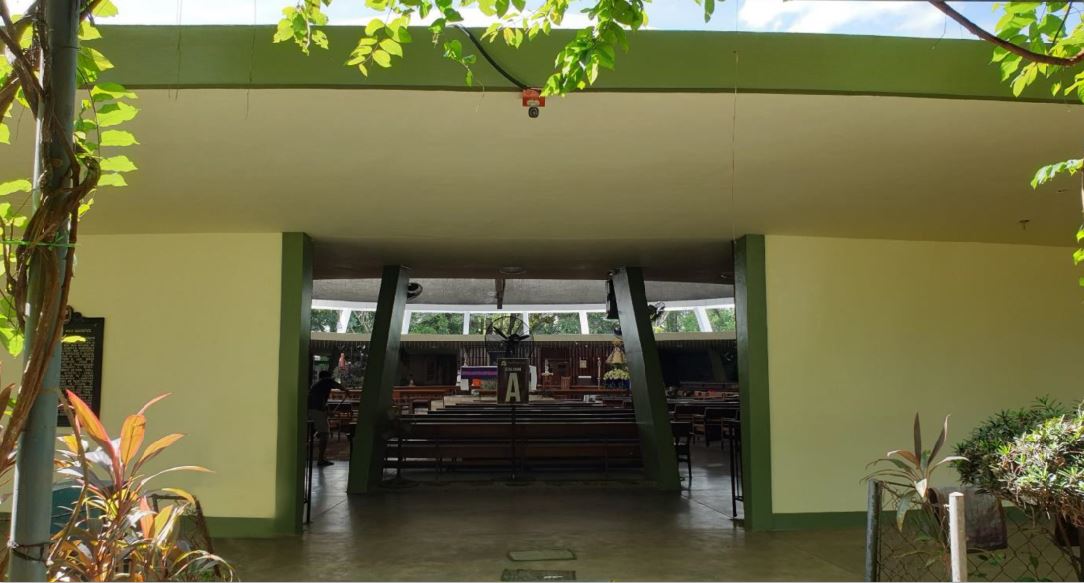Warning: If you are not a Bridge Player This will Not Make Sense to YOU!
I am posting this for the benefit of New and Intermediate Bridge Players. If you are an advanced player you probably know all these by heart. My apology and skip reading until the end of the article.
Responses: Yellow-Forcing for One More Round, Blue-Non Forcing and White- Game Forcing
Notice the current trend now is you can open a bid with 12 points minimum instead of 13 specially if you have 5-CARD major. In the past I do not open with only 12 points.
I have been playing bridge since 1960 both party and duplicate. I played Party and Duplicate bridge from 1960 to 1990 both in home as well as in tournament settings. I have accumulated more than 100 junior IMPs playing Duplicate in Tournaments as well as at the El Cerrito, Ca Bridge Club. Then there was HIATUS years from 1990 to 2023. When I moved to THD last year, I started to play bridge again. Needless to say, my knowledge of the Game has not been erased in my memory after a hiatus of over 33 years.
https://theintellectualmigrants.blogspot.com/2017/11/i-started-playing-duplicate-bridge-on.html
Here at THD I play party bridge 4 days per week. We have a number of good players here at THD but also a few beginners and intermediate players. The convention we used is the Standard American Bidding System with its minor variations. The most common conventions we used are the Stayman and Jacoby Transfer.
A lot of confusion to some players is the response after the Jacoby Transfer. To Clarify see the mark statement below.💚
1. Stayman is a bidding convention in the card game contract bridge. It is used by a partnership to find a 4-4 or 5-3 trump fit in a major suit after making a one notrump (1NT) opening bid and it has been adapted for use after a 2NT opening, a 1NT overcall, and many other natural notrump bids.
The convention is named for Sam Stayman, who wrote the first published description in 1945, but its inventors were two other players: the British expert Jack Marx in 1939, who published it only in 1946, and Stayman's regular partner George Rapée in 1944.
The convention is used if the responder ( to INT) has at least 10 points and has a 4-card major.
2. Jacoby Transfer (used whenever Responder has 5 or more of a major):
To use this transfer technique, you must have 5 cards (or more) in a major suit and any number of points, even 0. Yes, even with 0 points you will demand that your partner bid your suit! Usually, it is a better option to insist on a trump suit than to leave your partner in No Trump when you have a 5-card major. Jacoby Transfer is a demand bid. Responder is telling the Opener to bid a major and Opener must do as told!
With 5+ hearts, Responder bids 2♦. Opener immediately says, “Hearts” so everyone knows that this transfer refers to hearts. As soon as the next player bids or passes, Opener must bid 2♥ (one rank up from Diamonds). With 5+ spades, Responder bids 2♥. Opener immediately says, “Spades” and bids 2♠ (one rank up from Hearts) after opponent’s turn.
💚After transferring, Responder rebids as follows: (yes, you should memorize this) Pass with 0-7 points, bid 2NT with 8-9 points, or bid 3NT with 10+ pts.
Explore Small slam - Think of small slam if you have also 15-17 pts ( ask for Aces and Kings- Blackwood( 4NT) or Gerber( 4Clubs) and Grand Slam if you have 22 points. The total deck card points is 40 and distributional points may be added. Distributional Points: Doubleton=1, Singleton=2 and a Void=3.
A single Ace is counted as 4-5 distributional points. Also you may add one point after your 5-card major, that is if you have 6 add one more point and 2 points if you have 7 in one suit.
With the minimum responding hand (0-7 pts), you cannot give your partner any options. You are better off in a trump suit, even if partner has a doubleton in that major. You do not have enough points together for game, so keep the bidding low. With a medium hand (8-9 pts) or a maximum hand (10+ pts), you can give your partner the option of staying in NT or choosing the major suit. You’ve already told your partner you have 5 in a major; now tell the Opener point count.
How does the opener decide? If the opener has only 2 cards in Responder’s suit, a NT contract can be a better choice, so they can pass. If the opener has 3-4 cards in that major suit, they have the choice to bid the suit, since you have shown 5 cards in that suit and they will know there is an 8-card fit.
Also, by bidding 2NT, you are showing 8-9 pts, so opener can bring it to game level if they have 17 points (maybe even 16, though that is a gamble if Responder has just 8 points).
By bidding 3NT, Responder is showing 10+ points and opener can pass or bid 4♥ or 4♠ with 3 or 4 cards in your major suit
https://www.bridgebum.com/jacoby_transfers.php
Meanwhile Here's a List of other Bidding Conventions Worldwide.
https://www.bridgebum.com/bridge_bidding_conventions.php
“One advantage of bad bidding is that you get practice at playing atrocious contracts.”
“The real test of a Bridge player isn't in keeping out of trouble, but in escaping once he's in.”
“Bridge is too important to take seriously.”
“Old Bridge players never die; they just lose their finesse.”

















